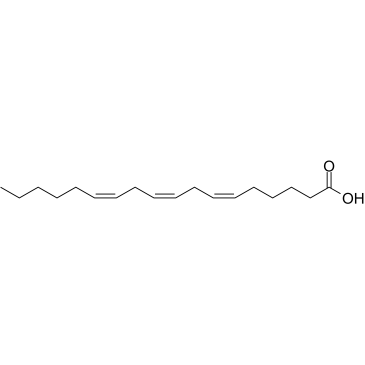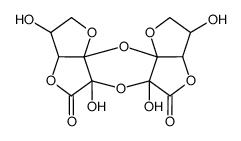| Structure | Name/CAS No. | Articles |
|---|---|---|
 |
Arachidonic acid
CAS:506-32-1 |
|
 |
γ-Linolenic acid
CAS:506-26-3 |
|
 |
Empirical Formula(Hill Notation)
CAS:72691-25-9 |